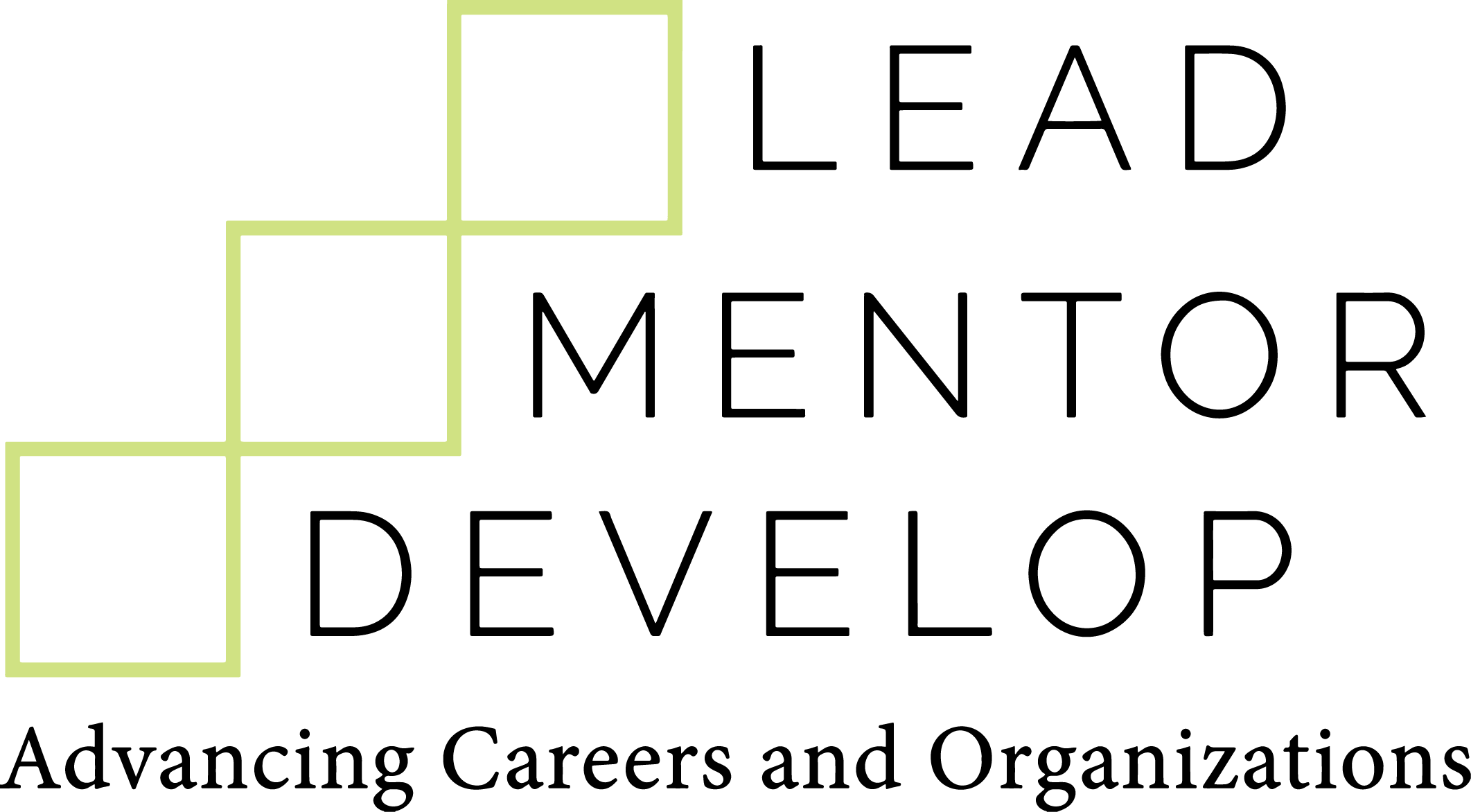From Good to Great: Elevate Your Mentoring Program with Purpose and Proof
Is it working? The dreaded question you’ve probably asked yourself if you’re running a mentoring program—whether in a corporation, government agency, or university. But to answer that with clarity and confidence, you need more than anecdotes and hope. You need structure, strategy, and data.
Here’s the good news: improving your mentoring program isn’t about starting from scratch. It’s about refining what you already have through five key steps that align your program with organizational goals, demonstrate accountability, and increase impact.
Step 1: Start with Why
Most programs jump to activities before clearly articulating their purpose. Ask yourself: What problem are we trying to solve? Whether it's onboarding new hires, fostering belonging, or advancing equity, having a clear “why” ensures that your mentoring efforts are relevant and targeted.
Step 2: Map Your Theory of Change
A logic model isn’t just a grant requirement—it’s your blueprint for success. Mapping inputs to activities, outputs, and outcomes reveals what needs to happen to create lasting change. It’s also a powerful communication tool for stakeholders and funders alike. Aligning your program goals with organizational goals establishes the business case for your program’s resource needs.
Step 3: Recruit and Prepare Strategically
Effective mentoring relationships don’t happen by accident. They’re built on intentional recruitment, matching, and preparation. Make sure participants understand their roles, expectations, and how mentoring aligns with their personal and professional goals.
Step 4: Collect the Right Data
Don’t wait until the end to figure out what worked. Plan your data collection early. Use surveys, feedback forms, and check-ins to monitor relationship quality and program engagement. And tie every piece of data back to your logic model—otherwise, it’s just noise. Benchmark your program against international mentoring standards. How does your program measure up in structure, supervision, and sustainability? You can’t improve what you don’t assess.
Step 5: Tell Your Success Story
Data is only as powerful as the story it tells. Use your findings to create a compelling narrative about what’s working, what’s improving, and what still needs attention. A strong success story builds credibility and sustains funding.
The truth is, most mentoring programs have heart—but they often lack the systems to demonstrate their worth. You don’t need perfection; you need purpose, process, and proof.


